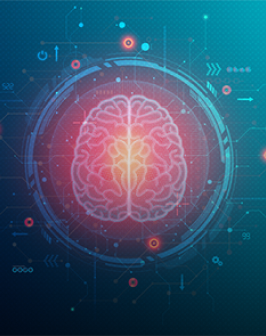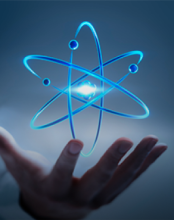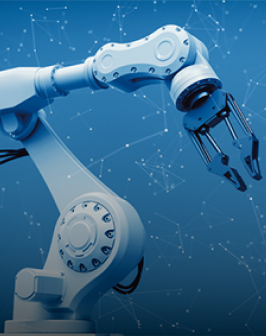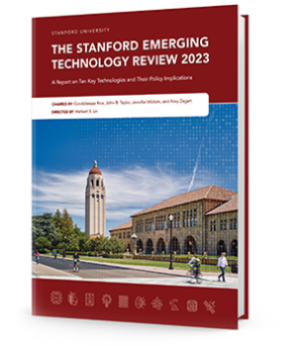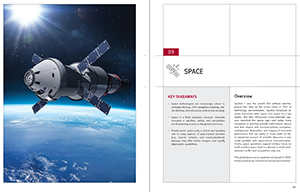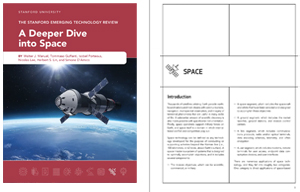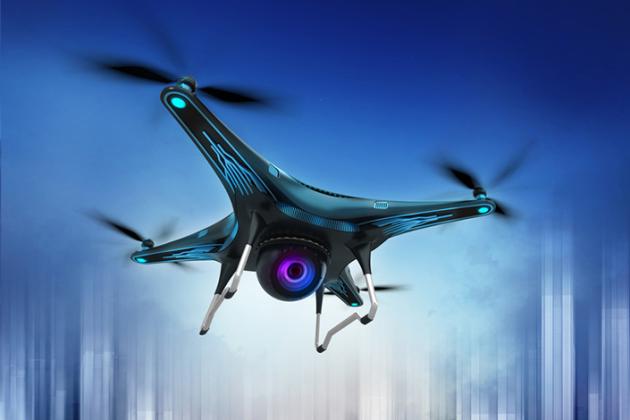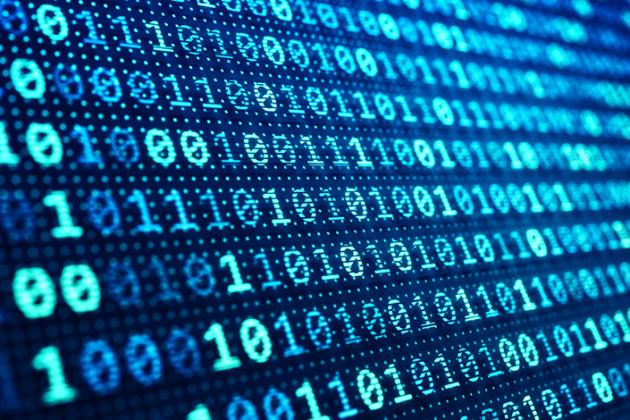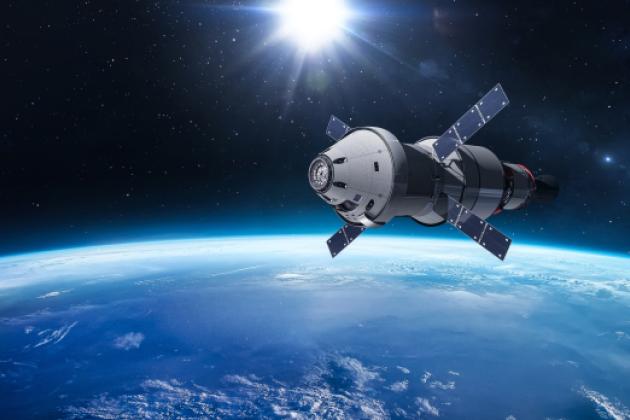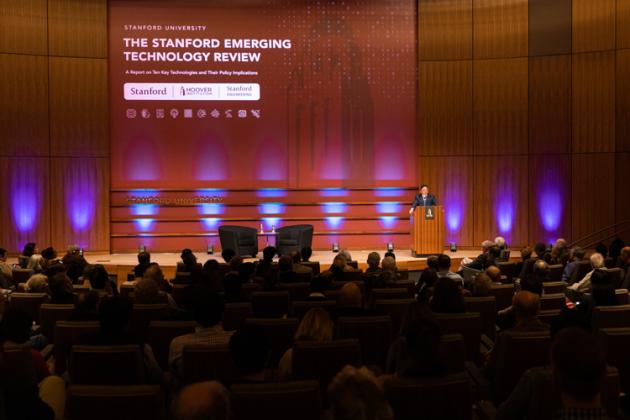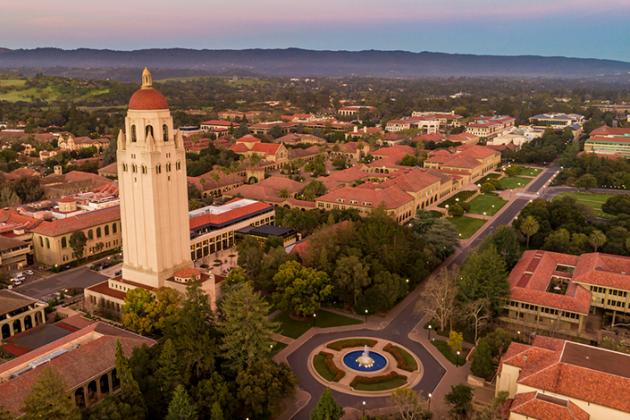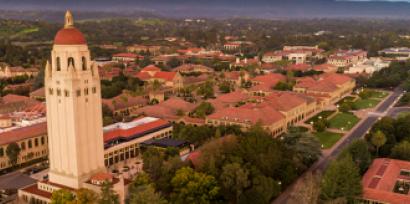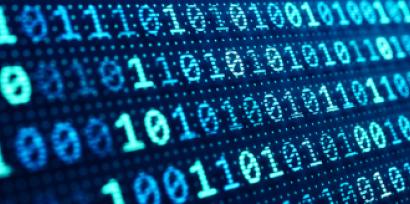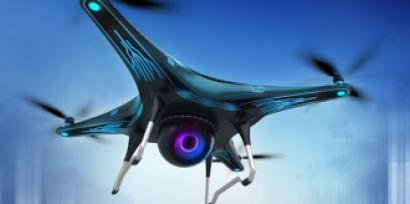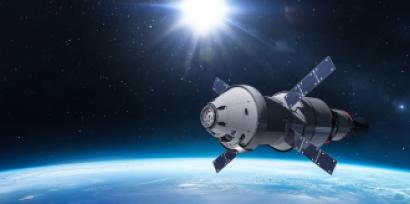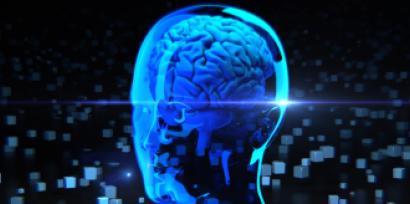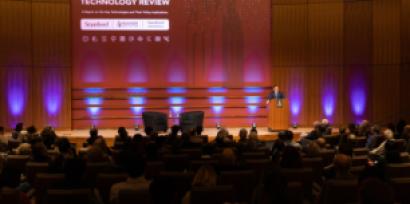Overview
By definition, space technology is any technology developed for the purpose of conducting or supporting activities beyond the Kármán line (i.e., one hundred kilometers or sixty-two miles above the Earth’s surface).
Space systems can be crewed (e.g., the International Space Station, SpaceX Dragon) or uncrewed (e.g., telecommunication and navigation satellites). They also vary in size from large structures like the International Space Station (420 tons mass) to small and micro satellites that can weigh less than ten kilograms and are about the size of a loaf of bread. Today, a large majority of functional satellites in space weigh between one hundred and one thousand kilograms, less than the weight of a motorcycle.
Space systems, particularly Earth-orbiting satellites, can be characterized by the position of their orbits. Satellites are commonly positioned in low Earth orbit (LEO), medium Earth orbit (MEO), high elliptical orbit (HEO), or geosynchronous orbit (GEO). Space systems are also sometimes positioned around Lagrange points, or locations in space where a spacecraft can remain in a fixed spatial relationship to two bodies (e.g., the Sun and Earth, or Earth and the Moon).
KEY DEVELOPMENTS
One major development is the increased use of distributed space systems comprised of multiple spacecraft that interact and work together to accomplish objectives that would be difficult or impossible with a single spacecraft.
There is also an increasing trend toward privatization across most space technologies as the space sector moves away from legacy space technologies owned by governments or large contractors. These legacy systems are characterized by large, expensive spacecraft with long development timelines. Today, a “NewSpace” economy is turning to private companies, creating a global space environment in which systems and services are more accessible and less expensive—and available to all. Governments are also looking to commercial space for new capabilities.
APPLICATIONS
Current applications of space technology include Global Navigation Satellite Systems (GNSS) for position, navigation, and timing services; voice, SMS (short message service), and internet data communications via satellites and lasers; remote sensing to observe locations and conditions on Earth; and national security spacecraft.
Future applications of space might include manufacturing materials like pharmaceuticals, optics, and semiconductors in space; mining the Moon and asteroids; capturing energy, generating power, and beaming it to Earth; increased military equipment and presence in space; and in-space logistics, servicing assembly, and manufacturing (ISAM) capabilities.




